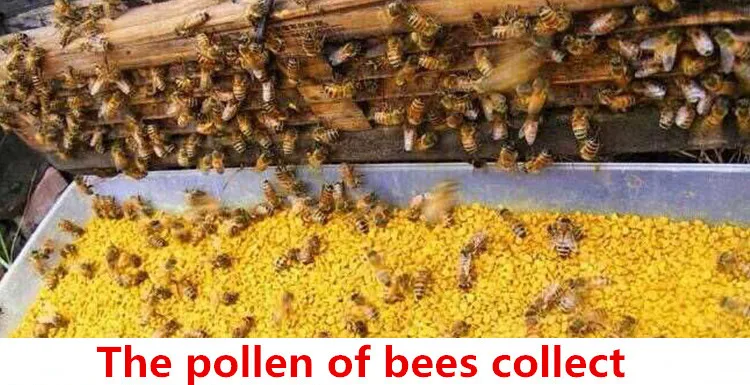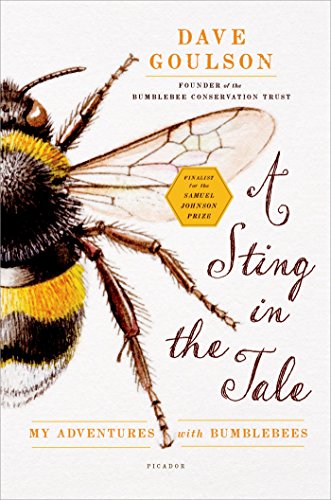Exploring the Limits: How Far Can a Bee Travel in Search of Food and Shelter?
#### How far can a bee travel?Bees are fascinating creatures, known for their crucial role in pollination and the production of honey. One of the most intri……
#### How far can a bee travel?
Bees are fascinating creatures, known for their crucial role in pollination and the production of honey. One of the most intriguing questions surrounding these industrious insects is: **how far can a bee travel**? This question not only highlights the capabilities of bees but also sheds light on their behavior, foraging patterns, and the environmental factors that influence their travel distance.
#### The Foraging Range of Bees
Bees, particularly honeybees, are known to have a specific foraging range. On average, honeybees can travel up to 5 miles (approximately 8 kilometers) from their hive in search of nectar and pollen. However, under certain conditions, they can extend their foraging range to even 10 miles (about 16 kilometers). This impressive distance is influenced by several factors, including the availability of food sources, weather conditions, and the health of the colony.
#### Factors Influencing Travel Distance

1. **Food Availability**: The presence of abundant flowering plants can encourage bees to venture farther from their hives. When food sources are scarce, bees may limit their foraging trips to closer areas to conserve energy.
2. **Weather Conditions**: Bees are sensitive to weather changes. Ideal conditions, such as warm temperatures and low wind speeds, can motivate bees to travel longer distances. Conversely, adverse weather can restrict their movement.
3. **Colony Health**: A strong, healthy colony is more likely to send out foragers to explore distant areas. If the colony is weak or facing challenges, such as disease or a lack of resources, bees may stay closer to home.
4. **Species Variation**: Different species of bees exhibit varying foraging behaviors. For instance, bumblebees tend to have a shorter foraging range compared to honeybees. Understanding these differences is crucial for effective conservation efforts.

#### The Importance of Foraging Distance
The distance a bee can travel plays a significant role in the ecosystem. Bees are essential pollinators, and their ability to reach a wide range of plants contributes to biodiversity and food production. The more extensive their foraging range, the more plants they can pollinate, leading to healthier ecosystems.
#### Conservation Implications
Understanding how far bees can travel is vital for conservation efforts. As urbanization and agricultural practices change landscapes, the availability of food sources for bees is affected. By preserving natural habitats and planting diverse flowering plants, we can support bee populations and their foraging activities.

In summary, the question of **how far can a bee travel** is not just about the distance. It encompasses various ecological factors that impact their survival and the health of our environment. By recognizing the significance of bees and their foraging behaviors, we can take steps to protect these important pollinators and ensure the sustainability of our ecosystems.